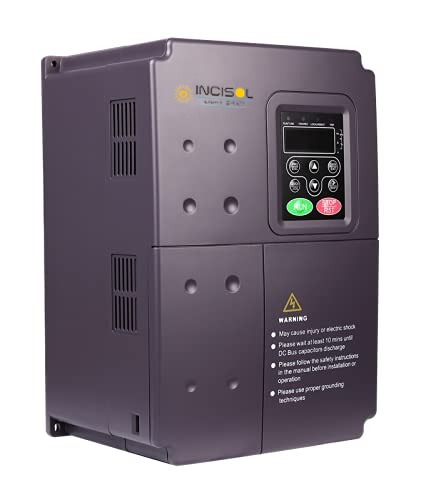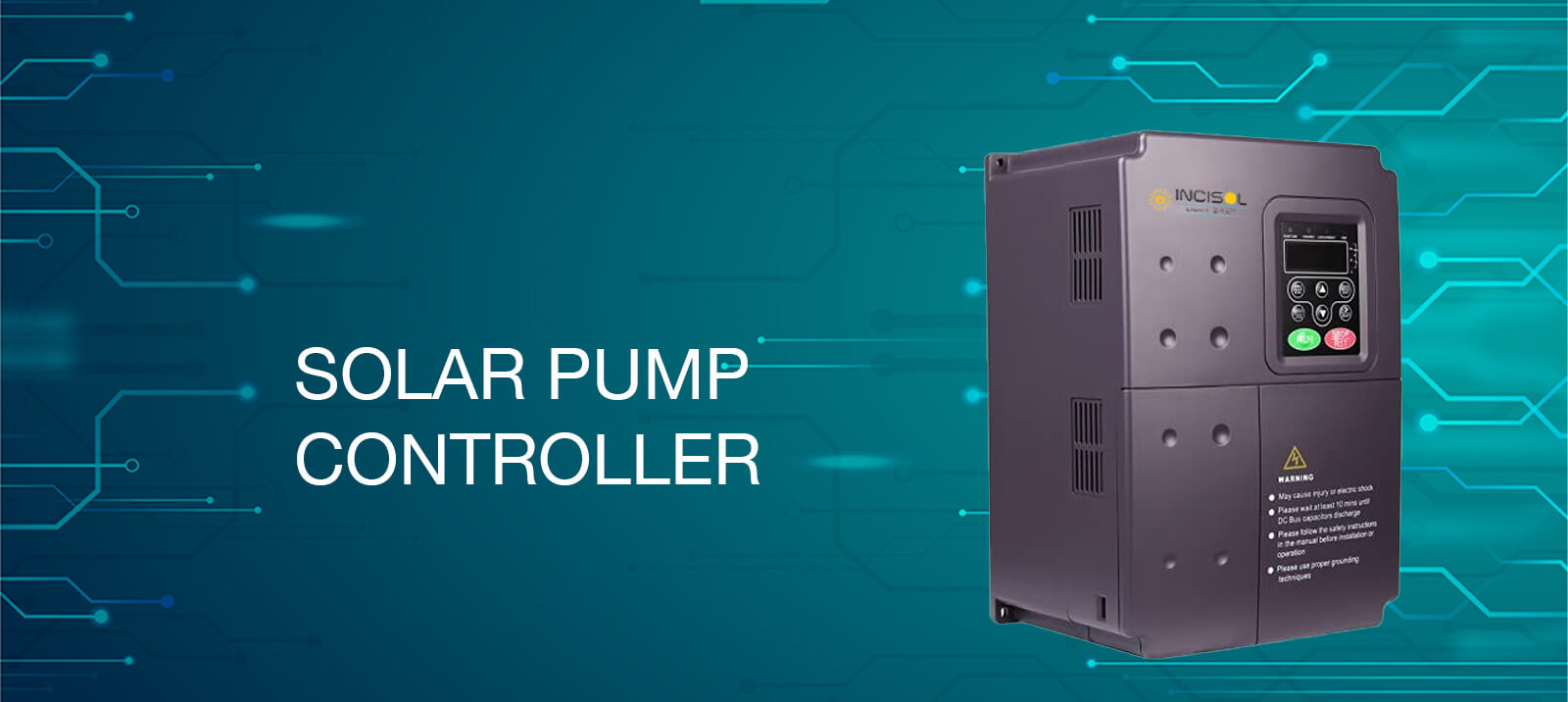
Grid Tied inverter
A PV solar-powered pump system has three main parts – one or more solar panels, a controller, and a pump. The solar panels make up most (up to 80%) of the system’s cost. The size of the PV system is directly dependent on the size of the pump, the amount of water that is required, and the solar irradiance available.
The purpose of the controller is twofold. Firstly, it matches the output power that the pump receives with the input power available from the solar panels. Secondly, a controller usually provides a low- or high-voltage protection, whereby the system is switched off, if the voltage is too low or too high for the operating voltage range of the pump. This increases the service life of the pump, thus reducing the need for maintenance. Other ancillary functions include automatically shutting down the system when the water source level is low or when the storage tank is full, regulating water output pressure, blending power input between the solar panels and an alternate power source such as the grid or an engine-powered generator, and remotely monitoring and managing the system through an online portal offered as a cloud service.
Voltage of the solar pump motors can be alternating current (AC) or direct current (DC). DC motors are used for small to medium applications up to about 10 kW rating, and are suitable for applications such as garden fountains, landscaping, drinking water for livestock, or small irrigation projects. Since DC systems tend to have overall higher efficiency levels than AC pumps of a similar size, the costs are reduced, as smaller solar panels can be used.




